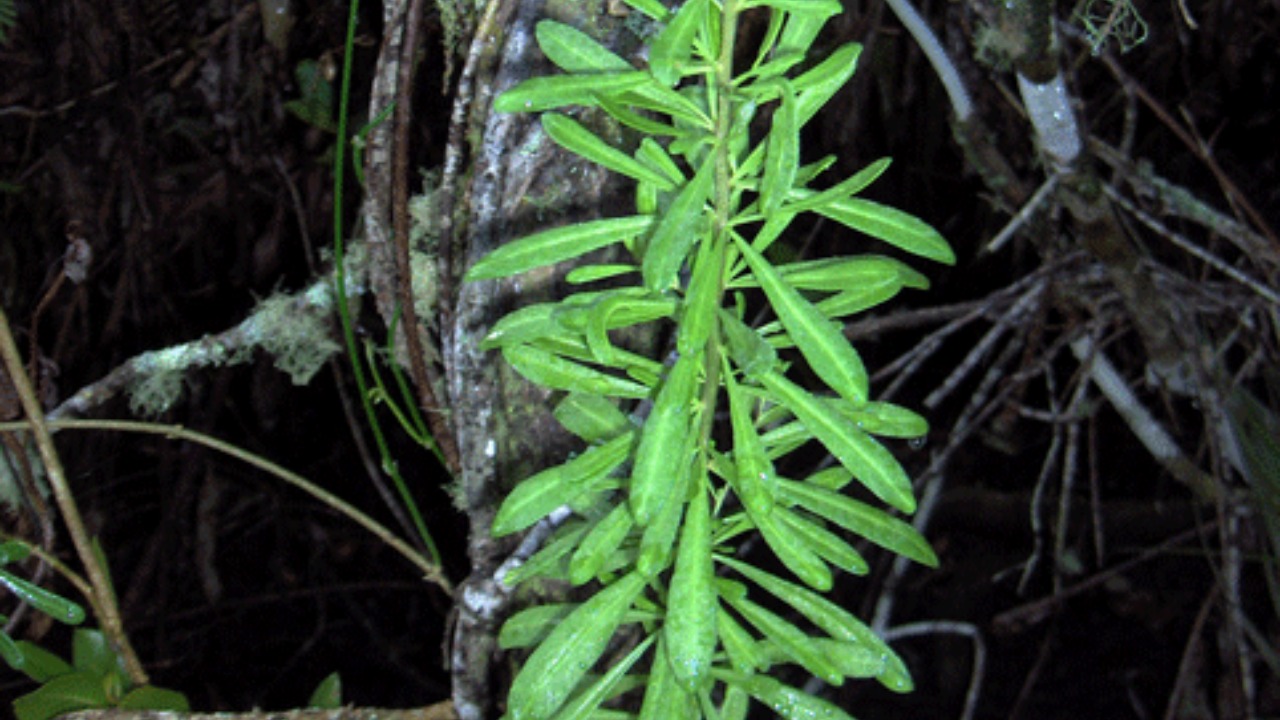
In the face of adversity, some plants exhibit extraordinary resilience, thriving in the most inhospitable conditions. From nuclear disaster sites to salty soils, these plants have adapted in remarkable ways, offering insights into nature’s tenacity and adaptability. Here are five plants that not only survive but thrive in toxic environments.
1. Chernobyl’s Resilient Sunflowers

Following the catastrophic nuclear accident in 1986, Chernobyl became synonymous with radioactive contamination. Yet, sunflowers have emerged as a beacon of hope in this desolate landscape. Known for their ability to absorb heavy metals and radiation from the soil, these bright blooms are part of phytoremediation efforts aimed at reducing soil toxicity. Their deep roots and rapid growth make them ideal for this purpose, playing a crucial role in the ongoing rehabilitation of the area.
The use of sunflowers in Chernobyl is not just symbolic but functional. These plants have demonstrated a significant capacity to extract radioactive isotopes such as cesium and strontium, helping to cleanse the environment. Their success has sparked interest in using similar techniques in other contaminated sites worldwide.
2. The Tenacious Tamarisk of Salty Soils
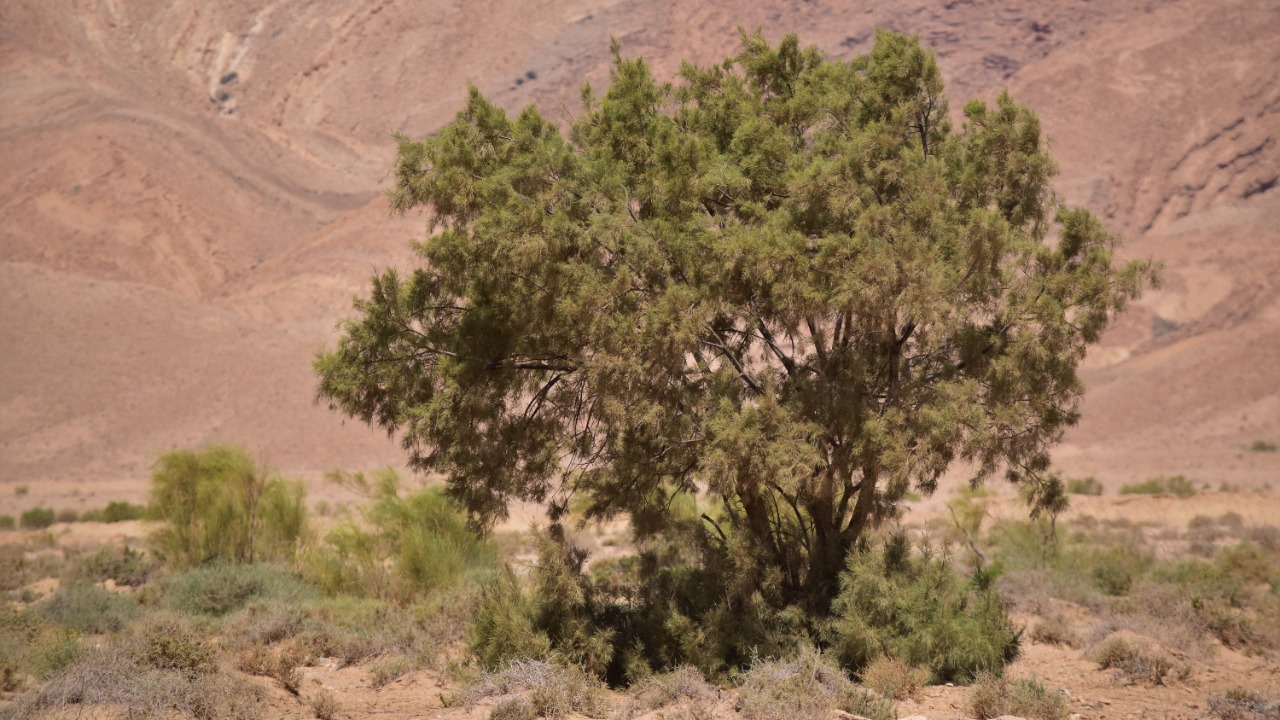
The tamarisk, or salt cedar, is a hardy shrub that thrives in saline environments where few other plants can survive. This plant, native to Eurasia and Africa, has become an invasive species in some parts of the world, particularly in the southwestern United States. Its ability to extract salt from the soil and store it in its leaves allows it to outcompete native flora in salty soils.
While often seen as a nuisance, the tamarisk’s resilience highlights its adaptability to harsh conditions. Efforts to manage its spread involve understanding its ecological role and potential benefits, such as habitat provision for certain bird species.
3. Kudzu: The Vine That Thrives on Pollution
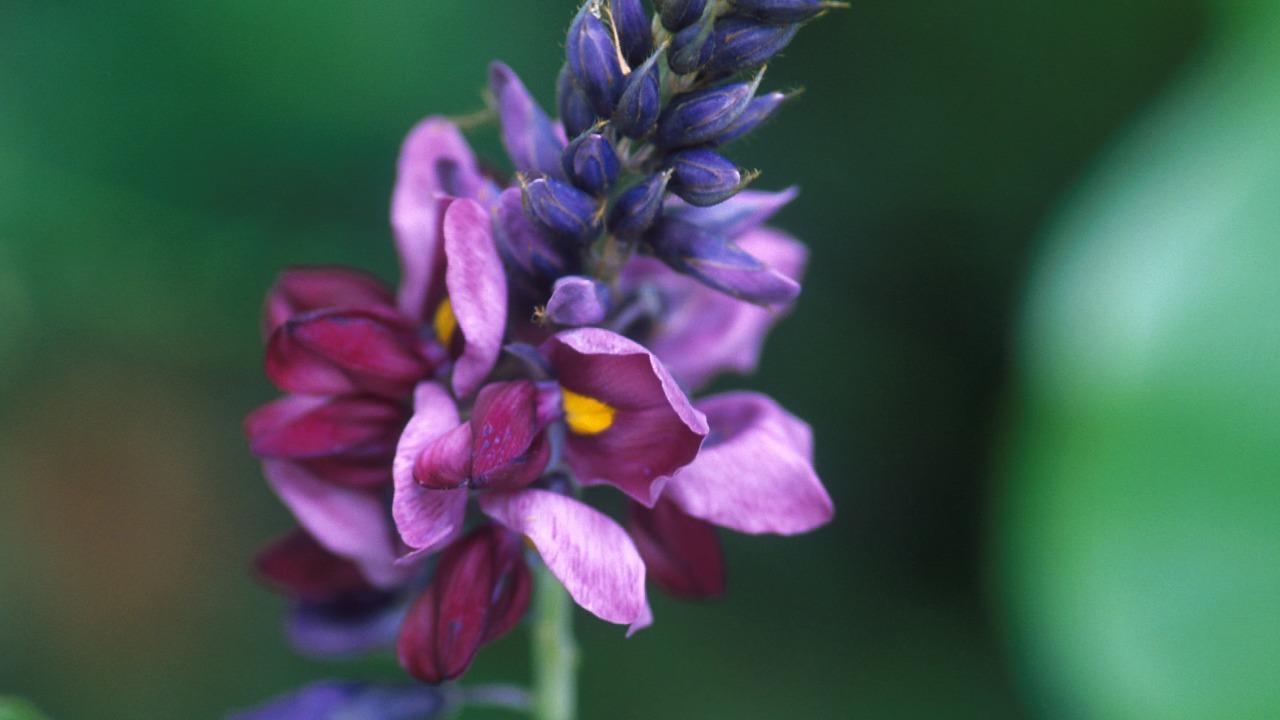
Originally introduced to the United States from Asia for erosion control, kudzu has become notorious for its rapid growth and invasiveness. However, its ability to thrive in polluted soils makes it an intriguing subject for ecological studies. Kudzu absorbs nitrogen and other pollutants, improving soil quality over time.
While it poses challenges to local ecosystems, research into kudzu’s potential benefits continues. Its resilience in polluted environments suggests it could be part of a broader strategy for managing pollution in affected areas, offering a natural solution to a complex problem.
4. The Indestructible Indian Mustard
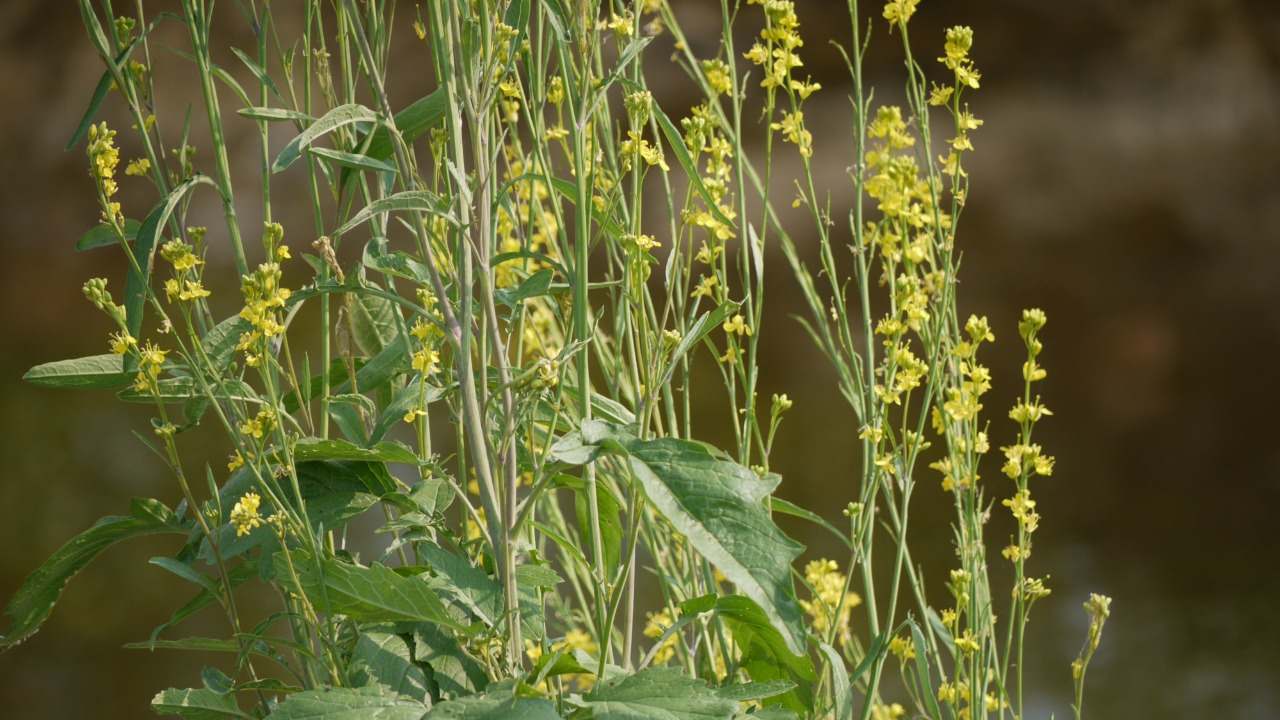
Indian mustard is a versatile plant known for its ability to survive in toxic soils. Used in phytoremediation, it absorbs heavy metals like lead and cadmium, making it invaluable in cleaning contaminated lands. Its fast growth and high biomass production enable it to extract significant amounts of toxins quickly.
Beyond its environmental benefits, Indian mustard is also cultivated for its seeds, which are used in mustard production. This dual-purpose plant demonstrates how agricultural practices can align with environmental restoration efforts, offering both economic and ecological benefits.
5. The Saltbush: Nature’s Salt-Tolerant Survivor
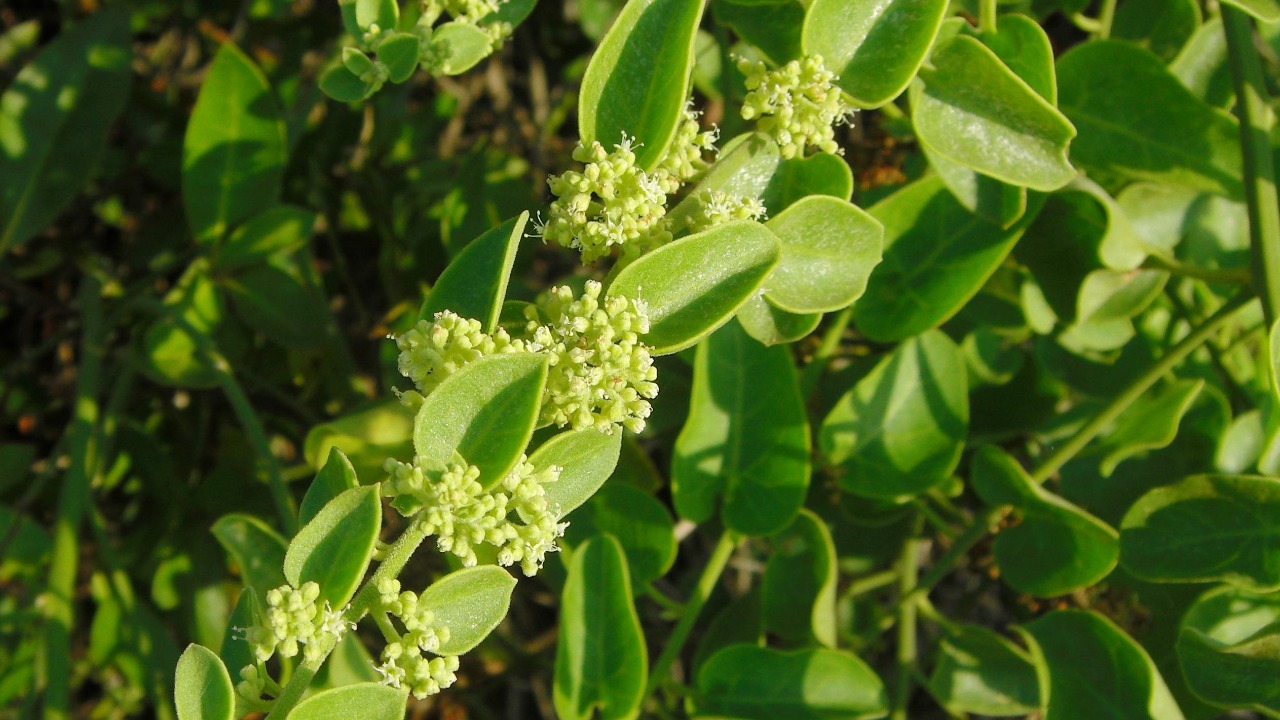
The saltbush is a remarkable plant that thrives in saline environments where few others can. Its ability to tolerate high salt concentrations makes it an important species for stabilizing landscapes prone to salinization. The saltbush’s deep-root system helps prevent soil erosion while improving soil quality by sequestering salts.
Native to arid regions, the saltbush is increasingly used in land management and rehabilitation projects worldwide. Its adaptability and resilience make it a key player in efforts to combat soil degradation and desertification, highlighting the potential of native plants in ecological restoration.